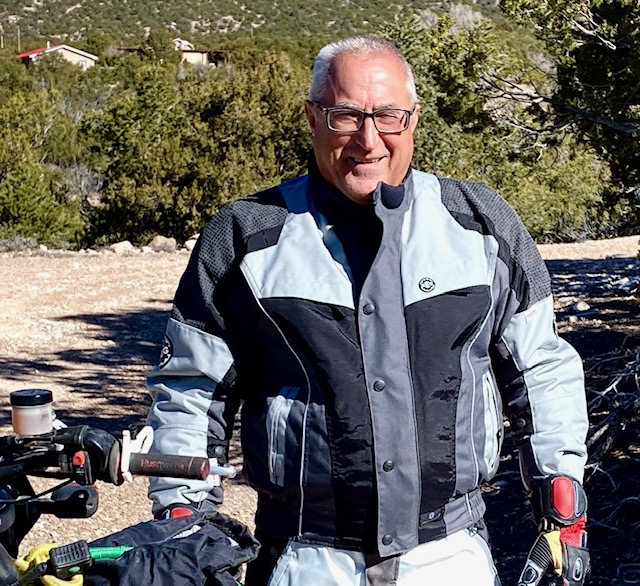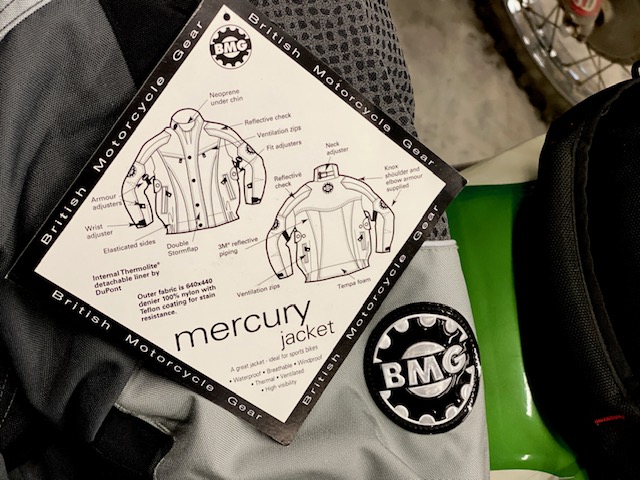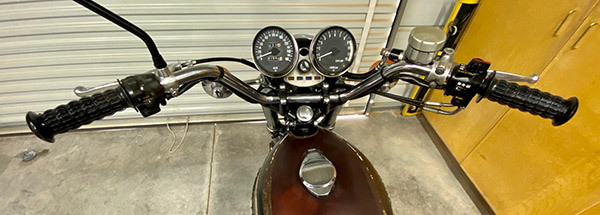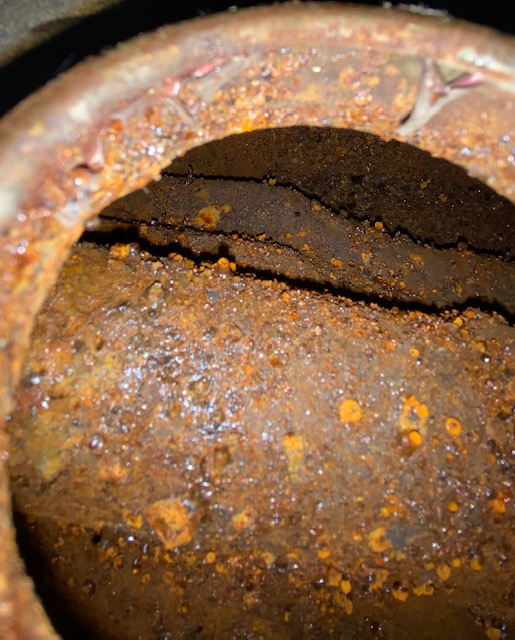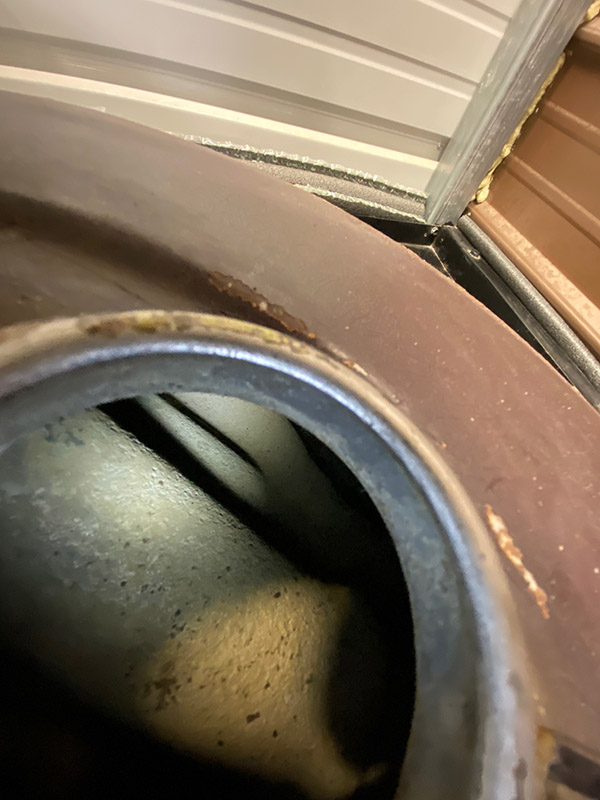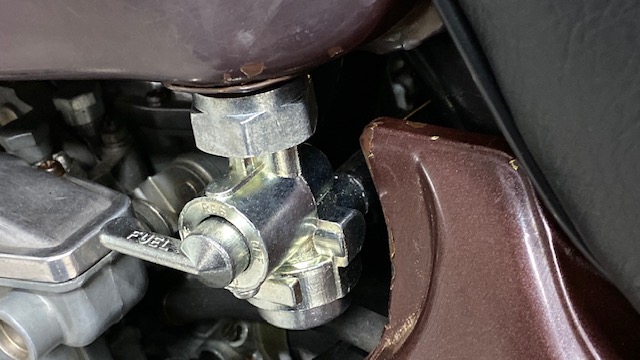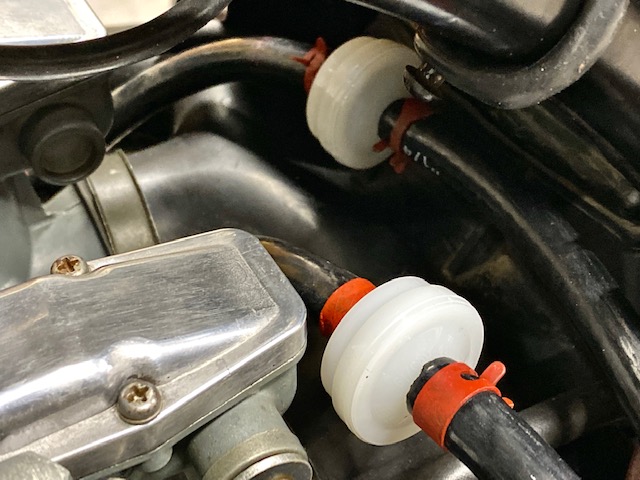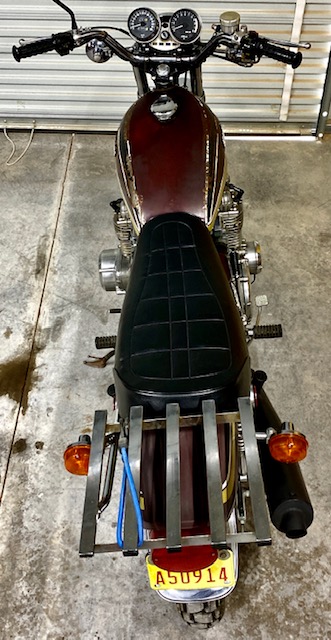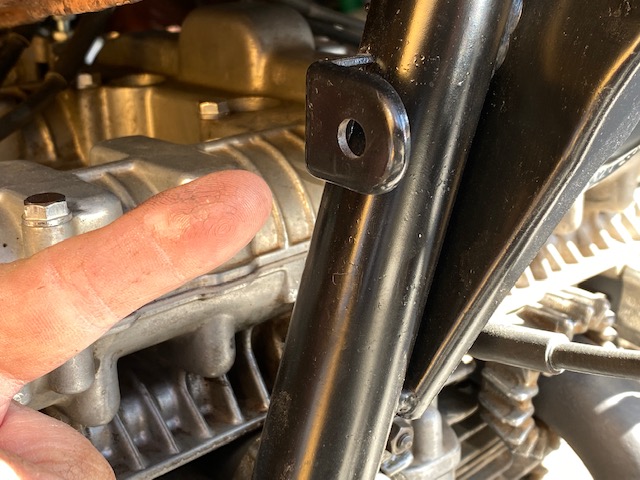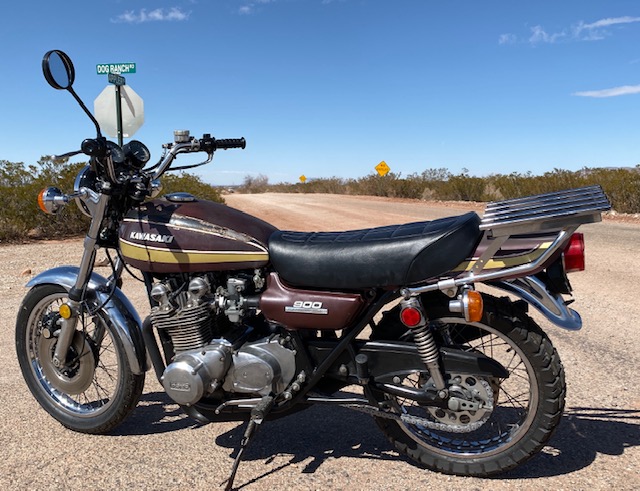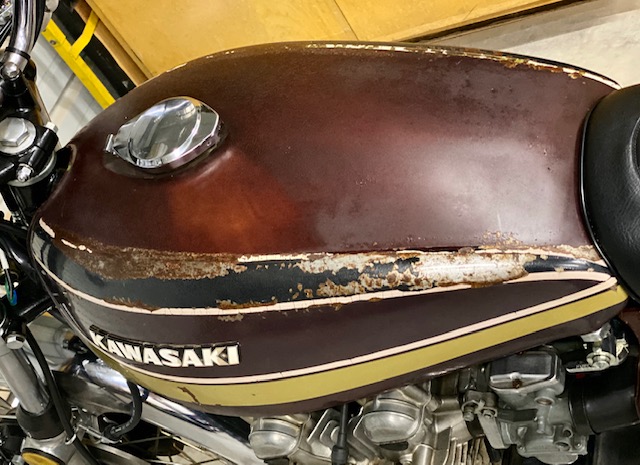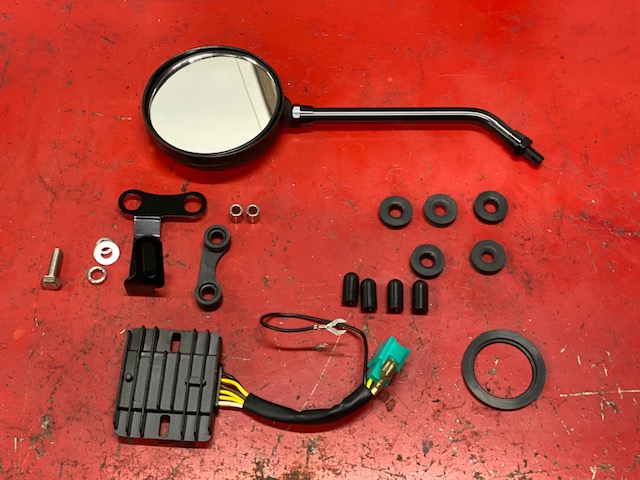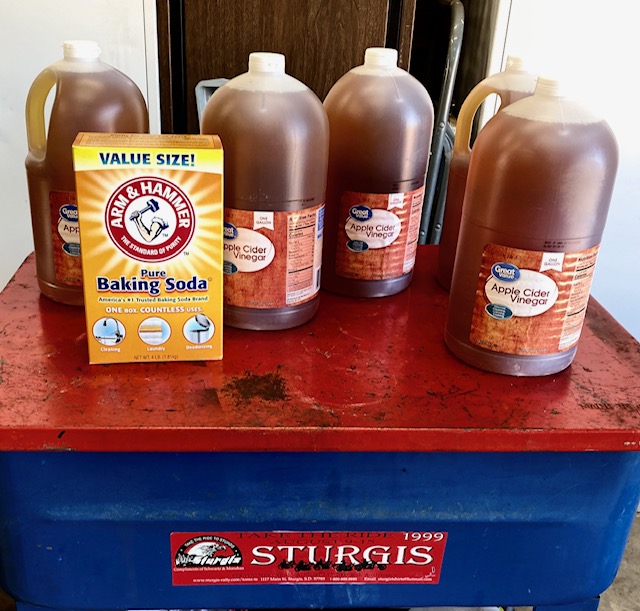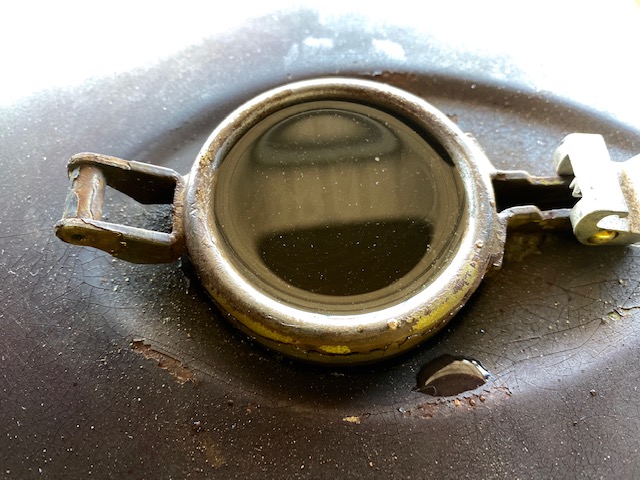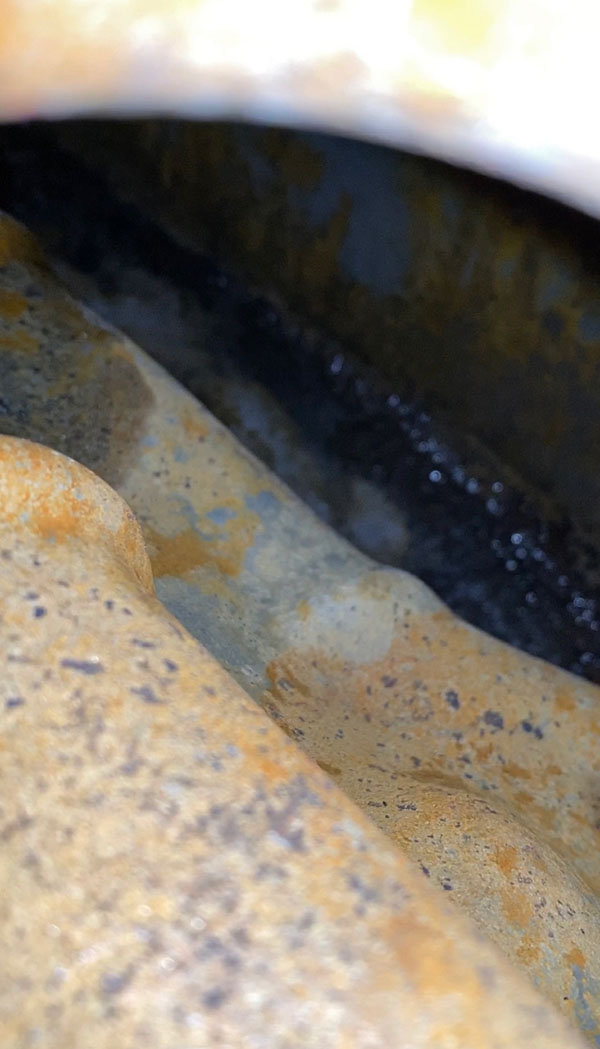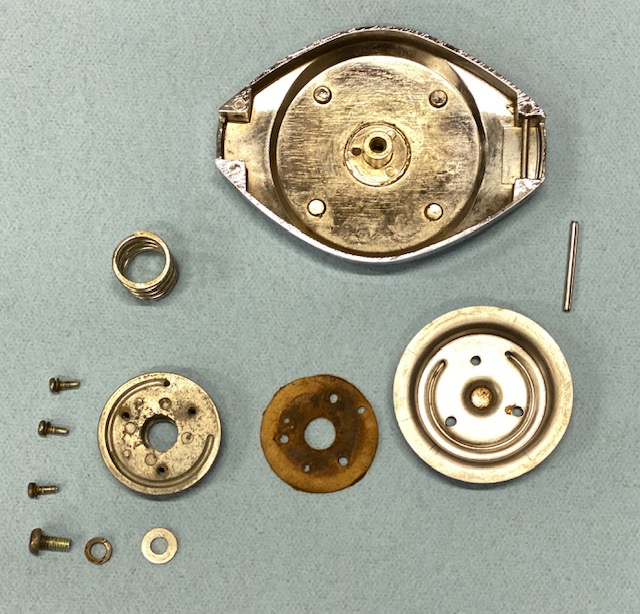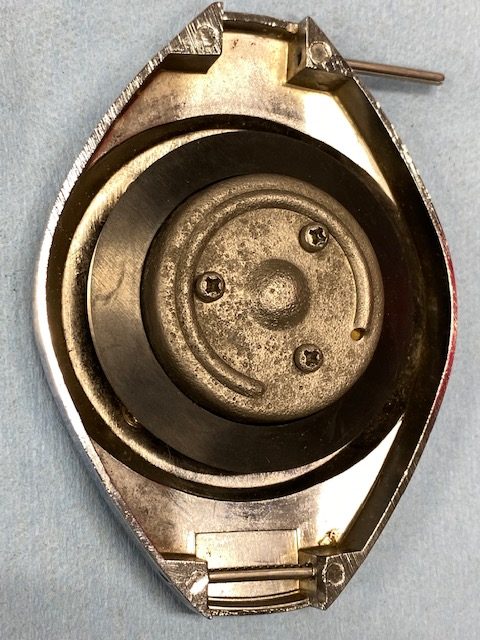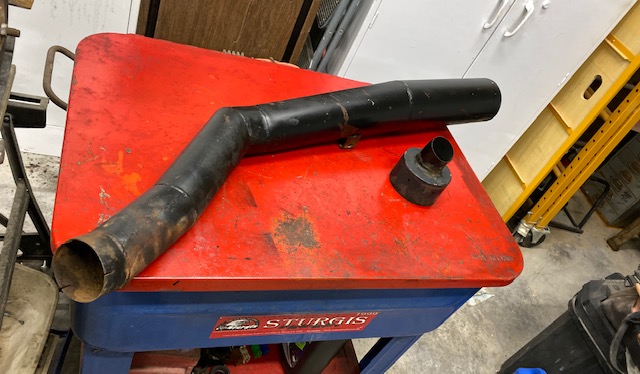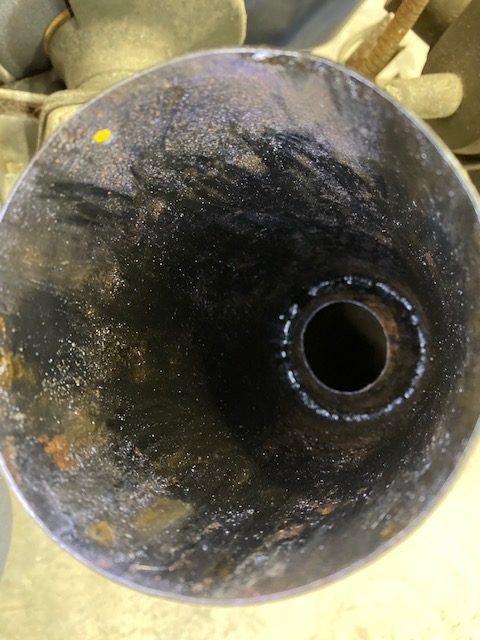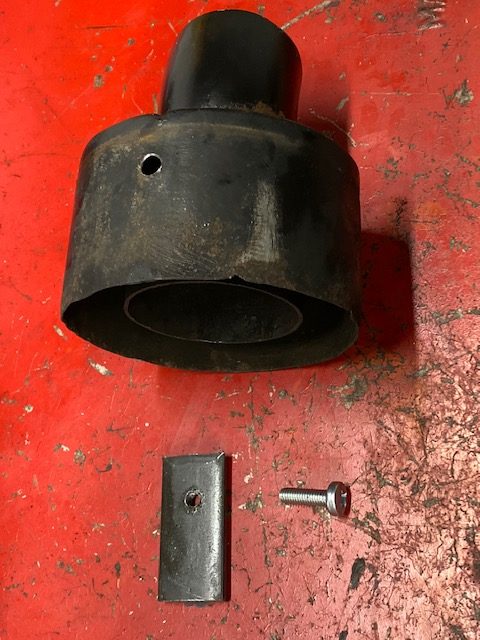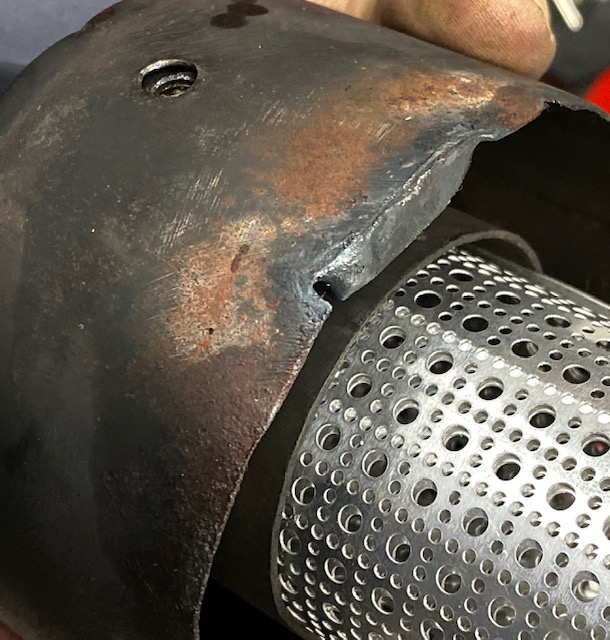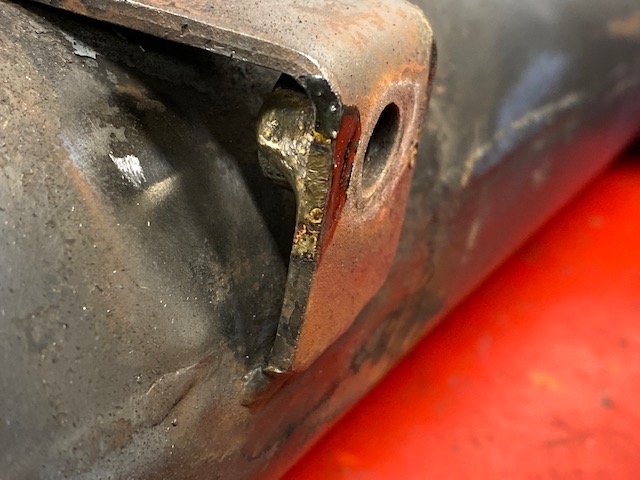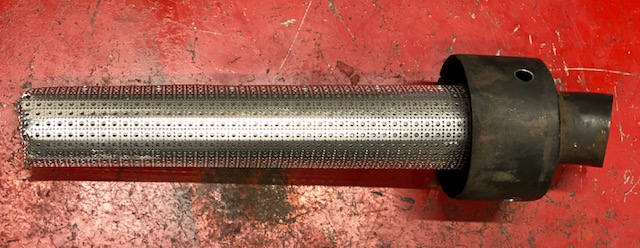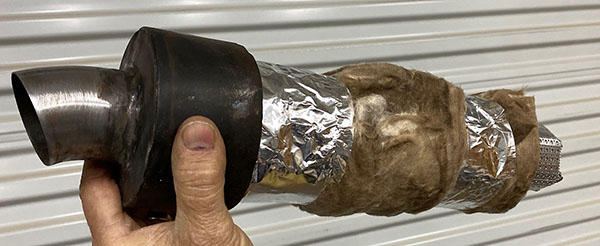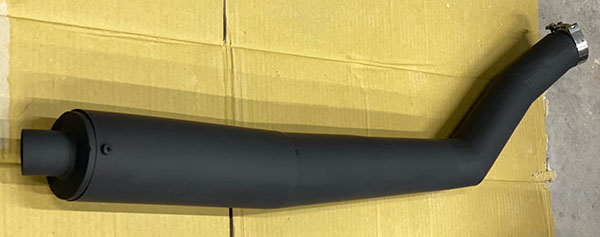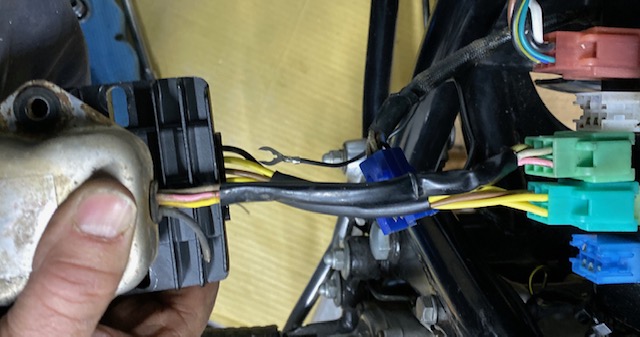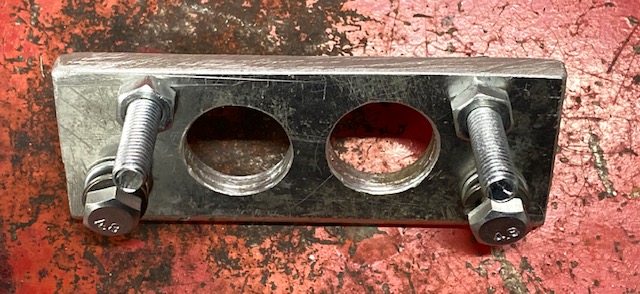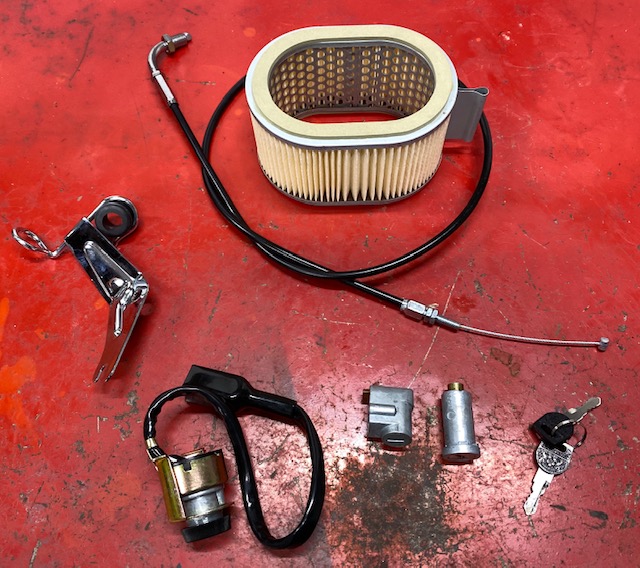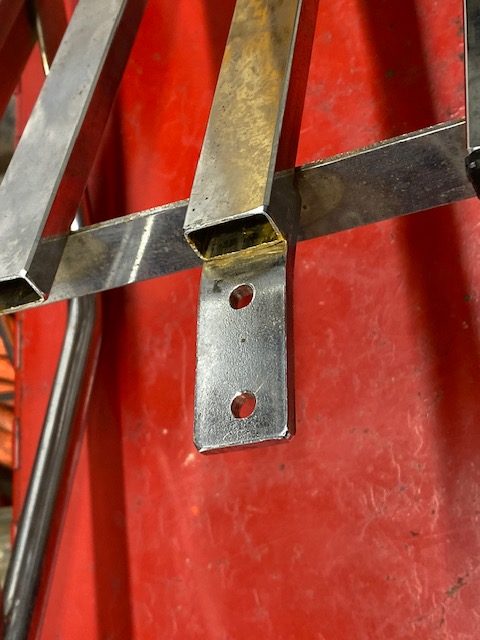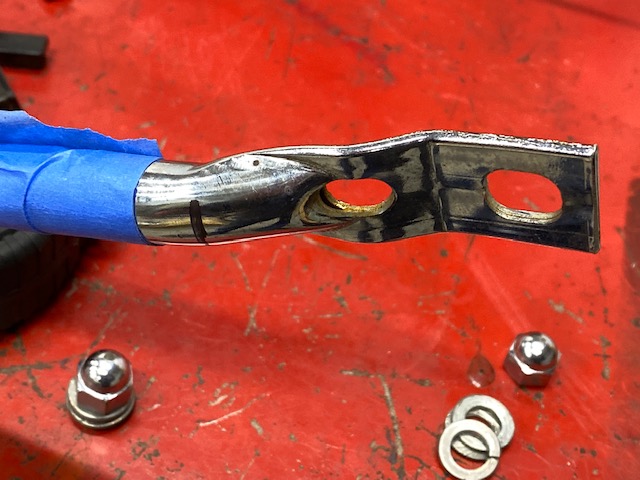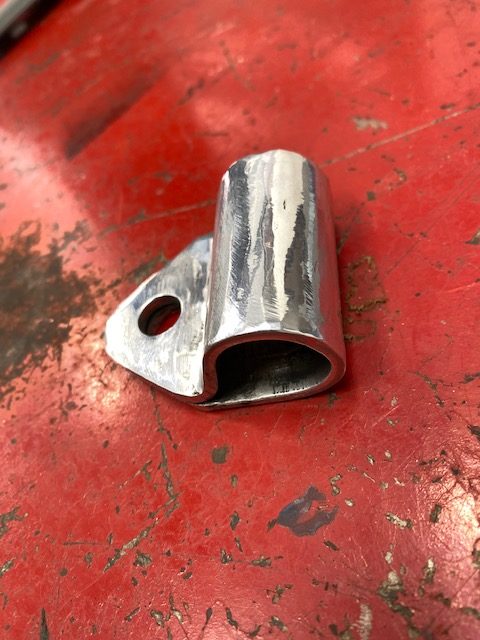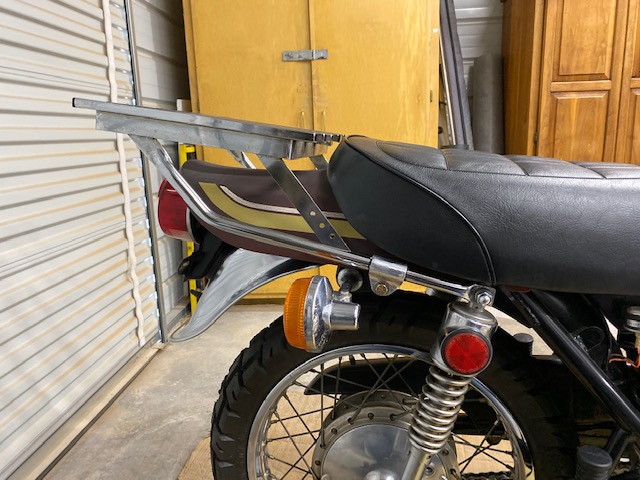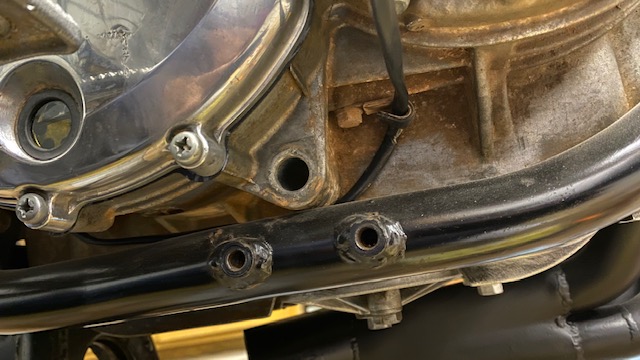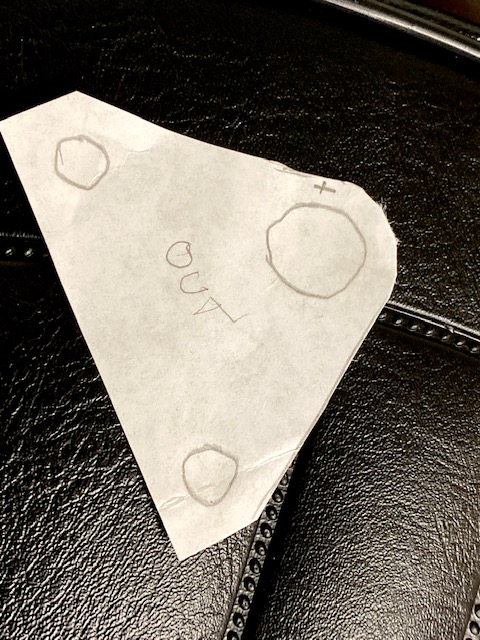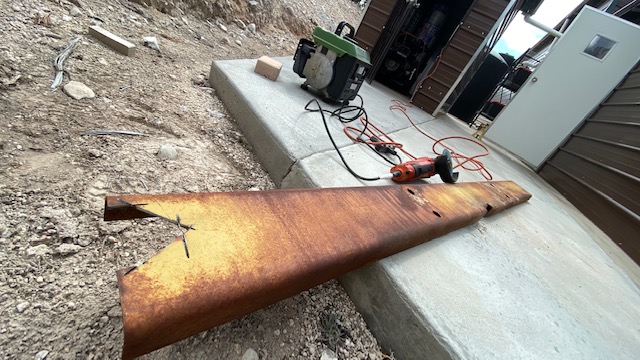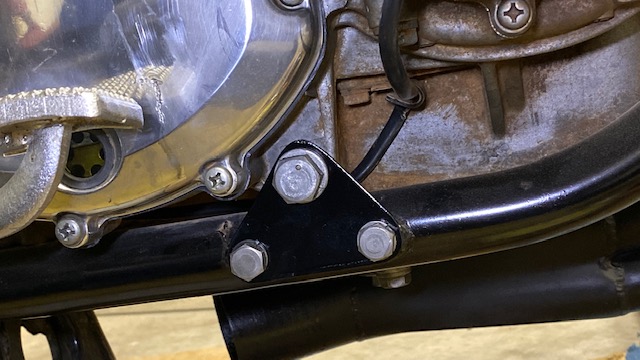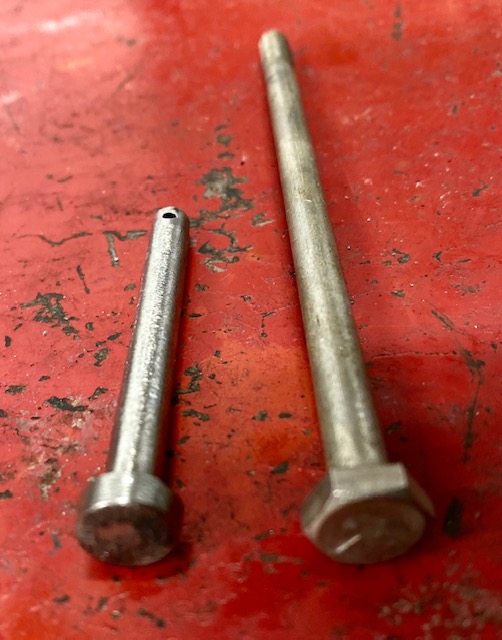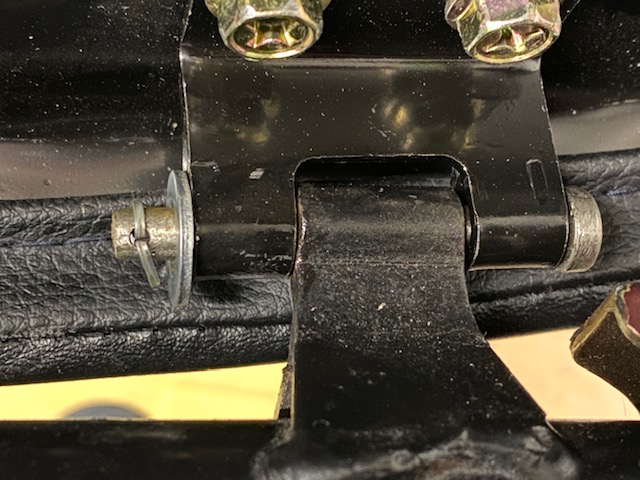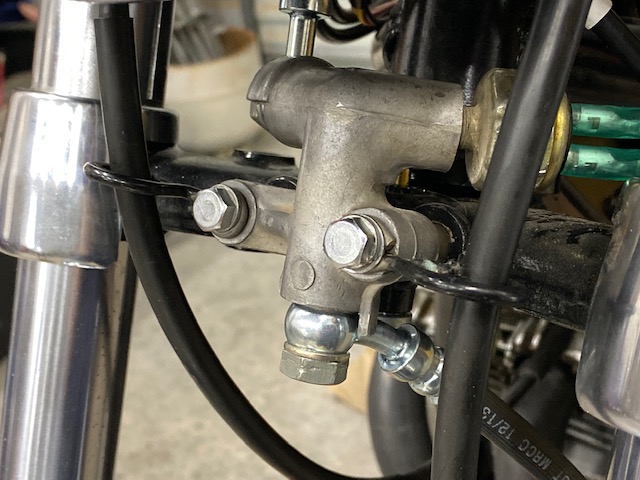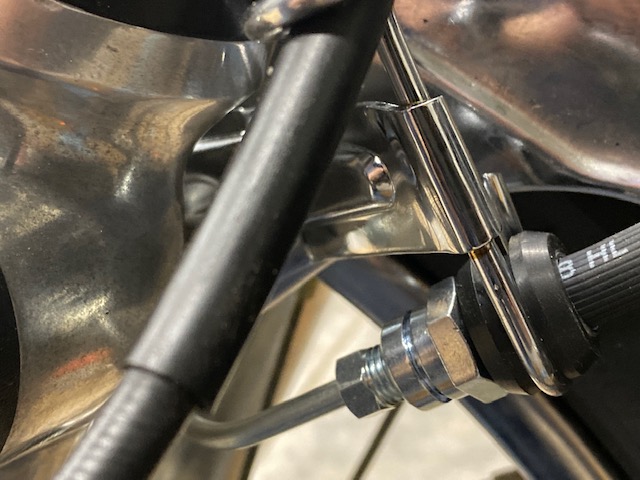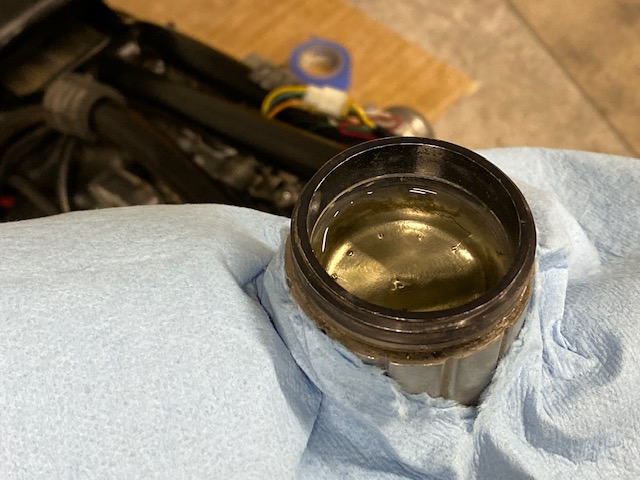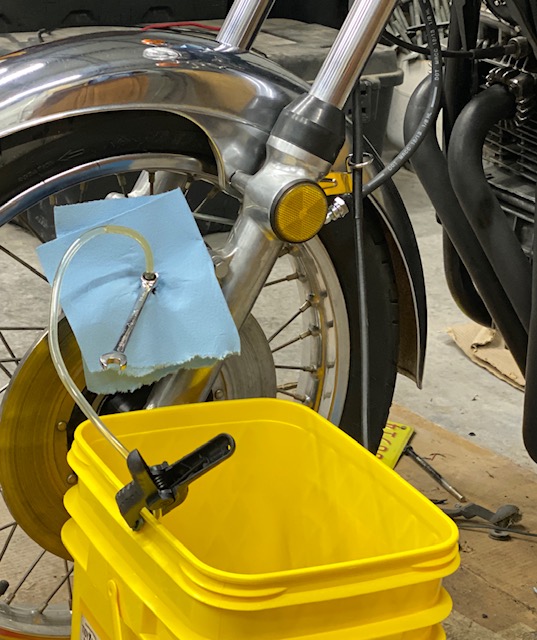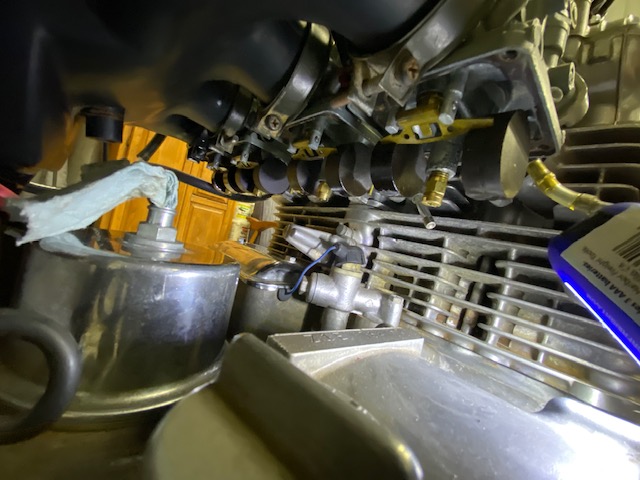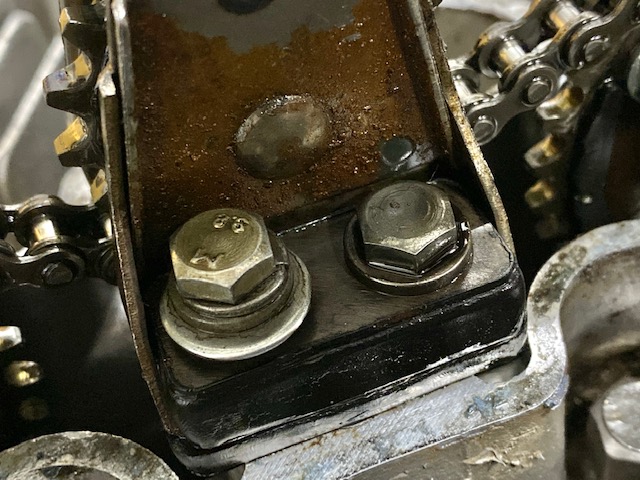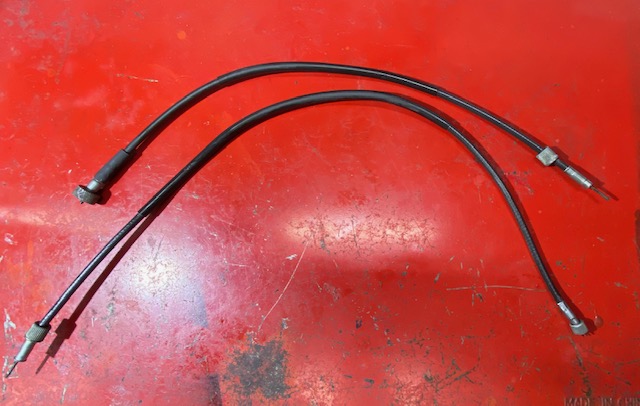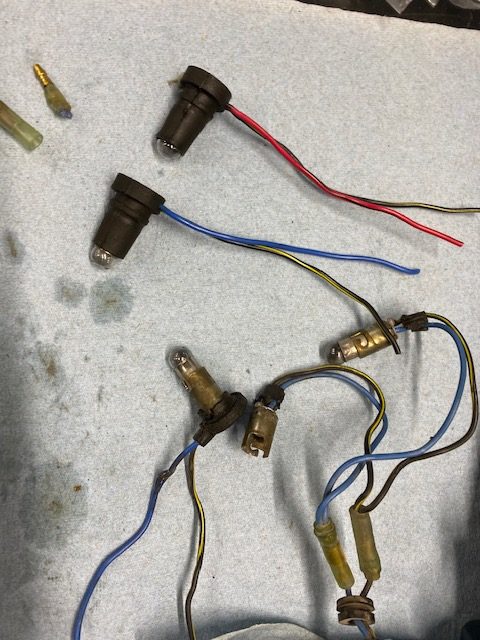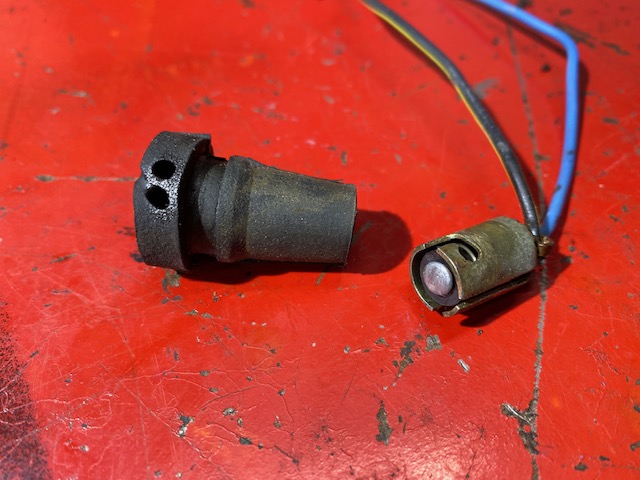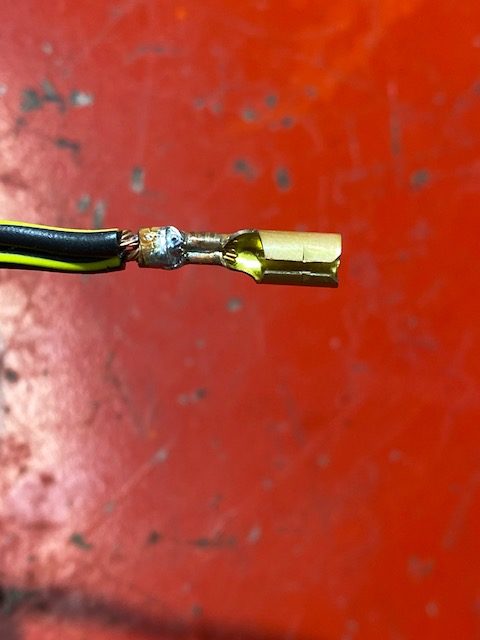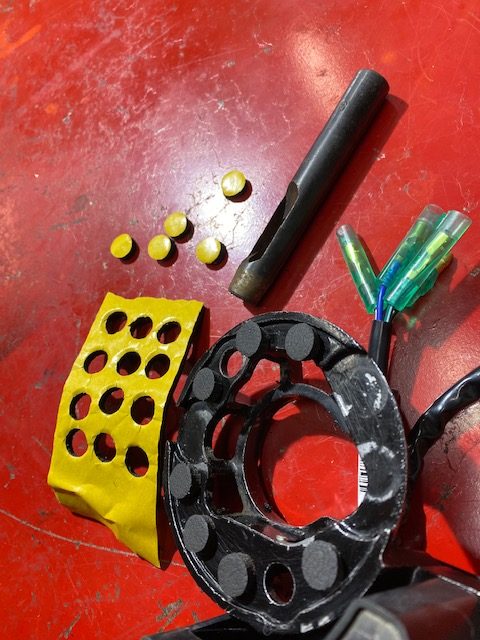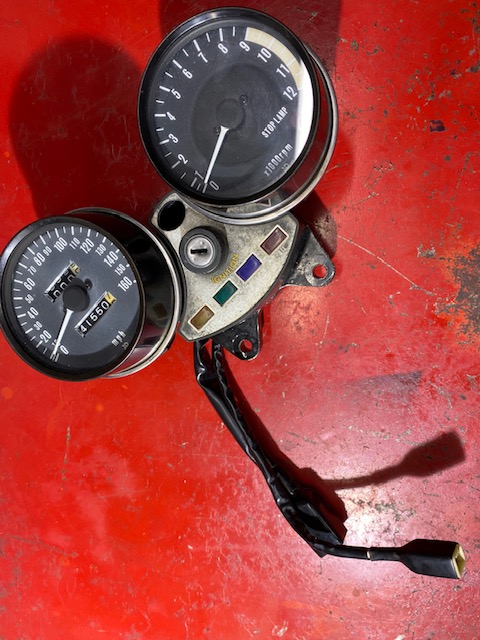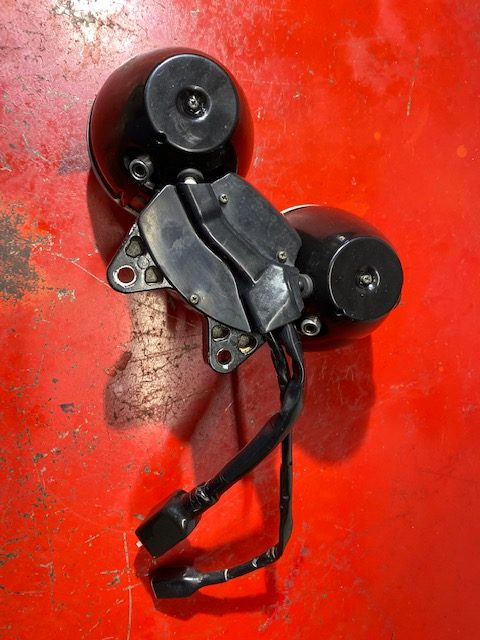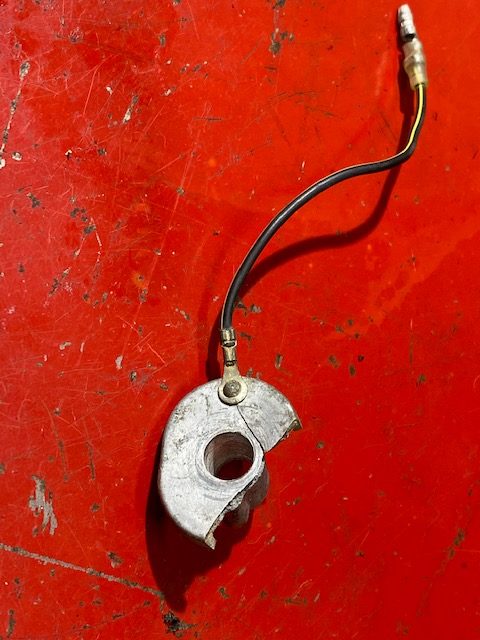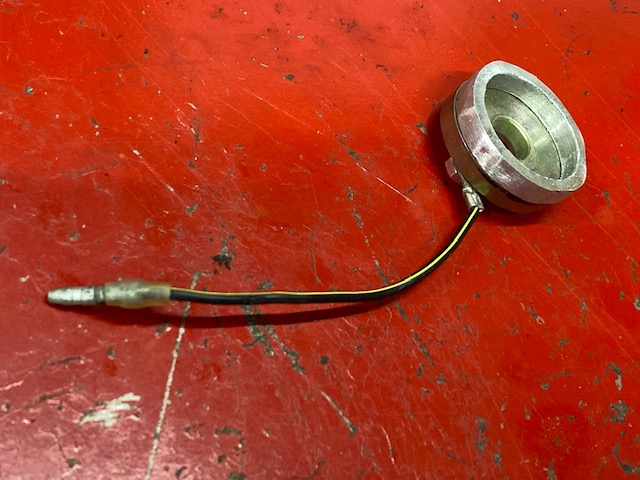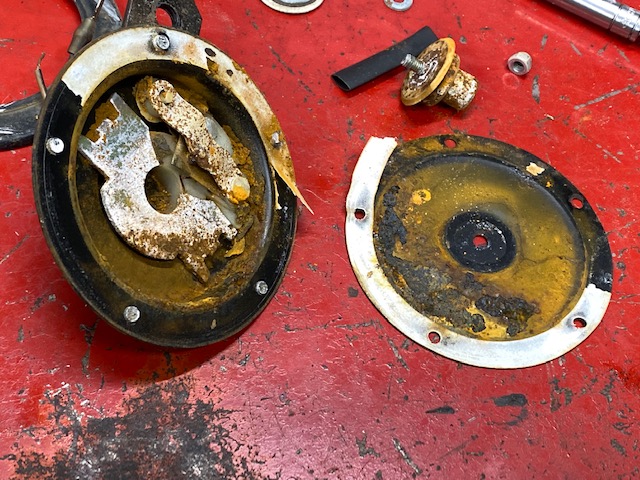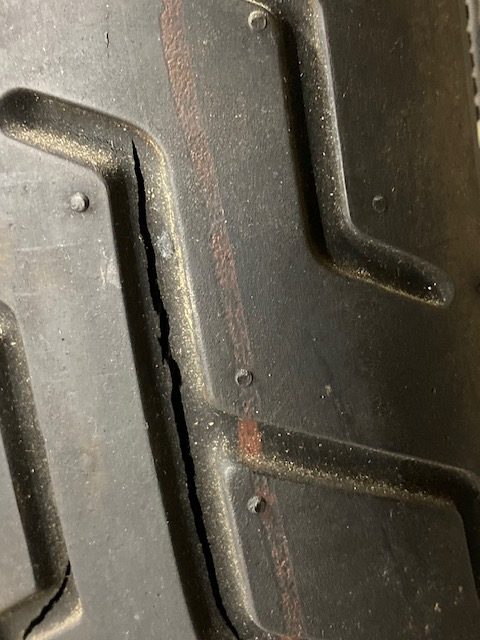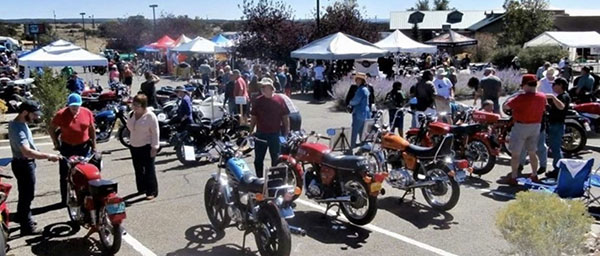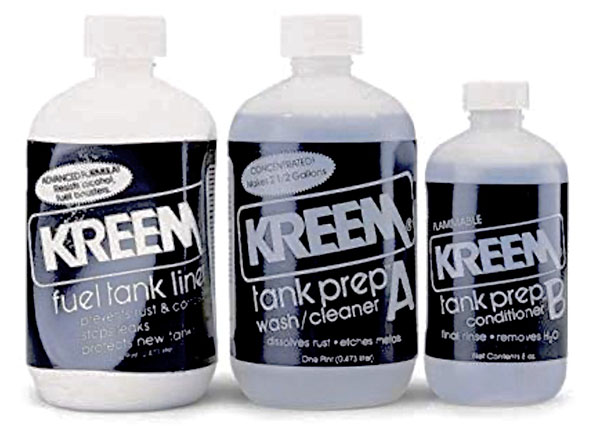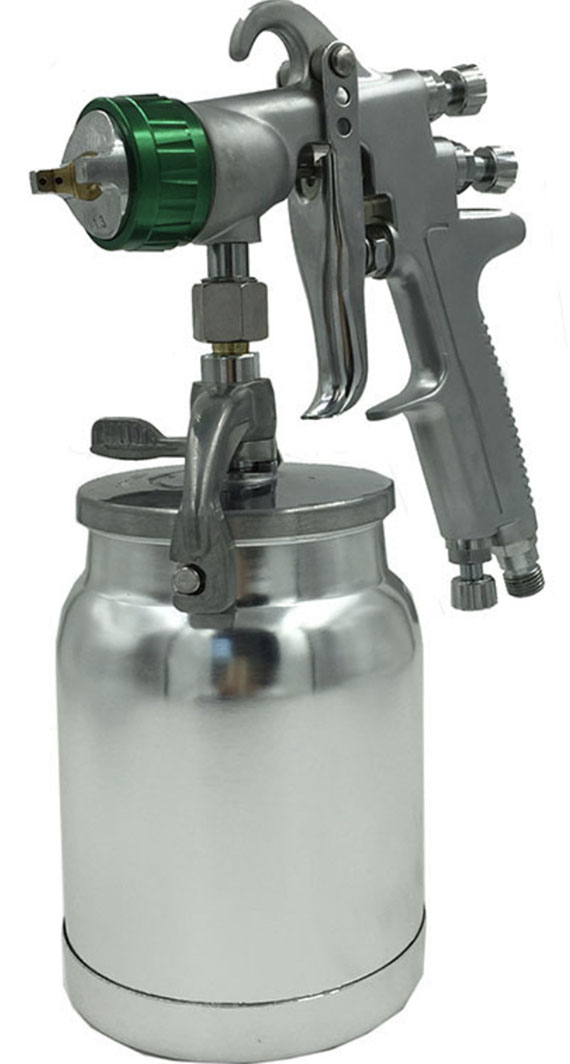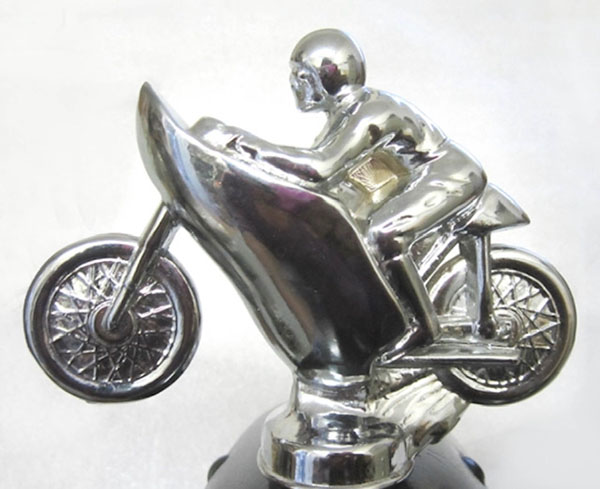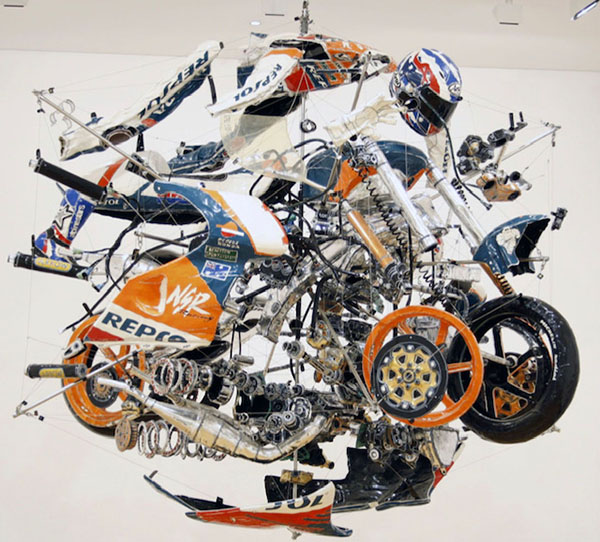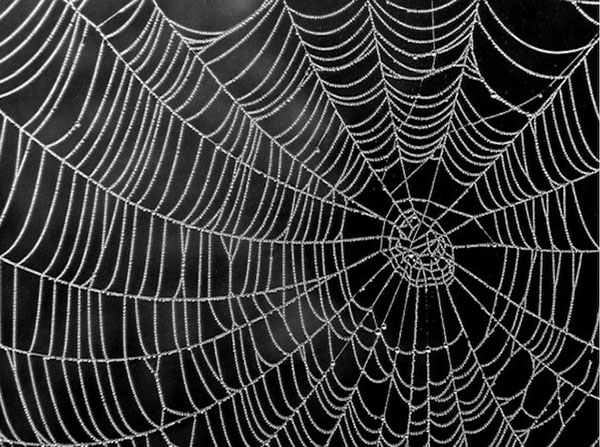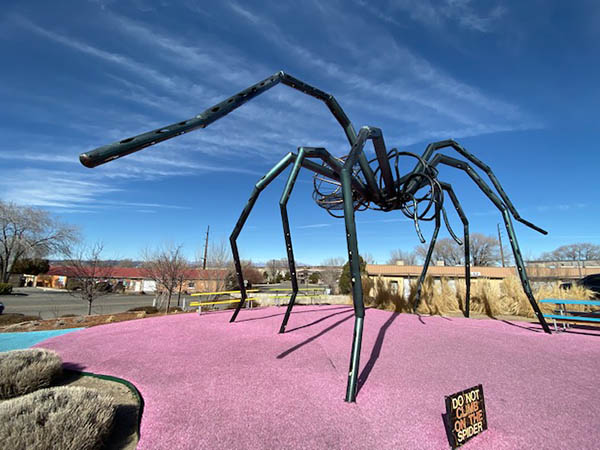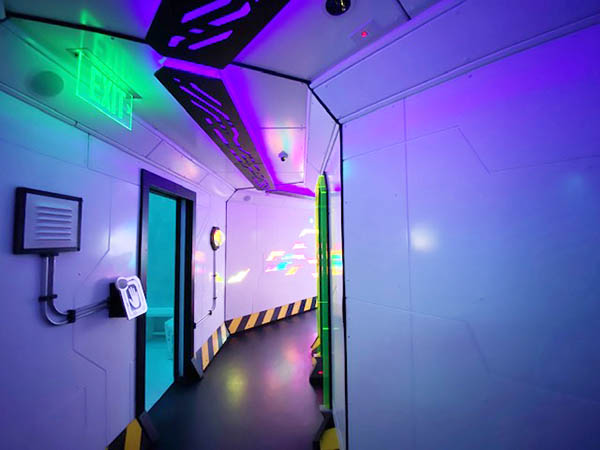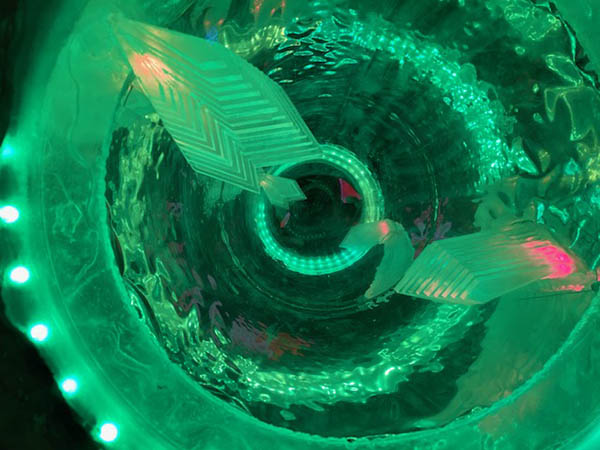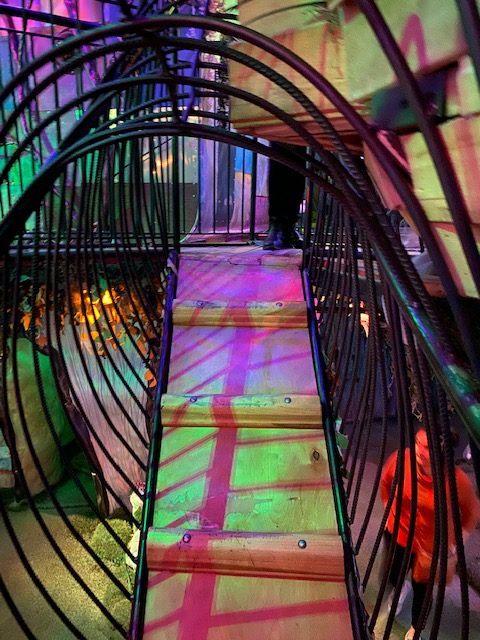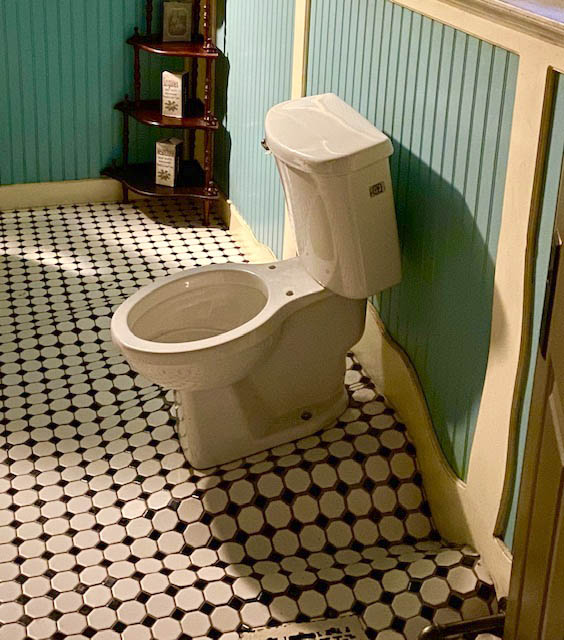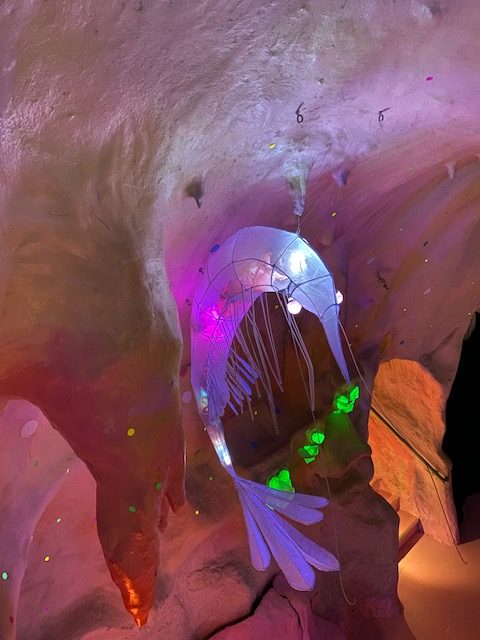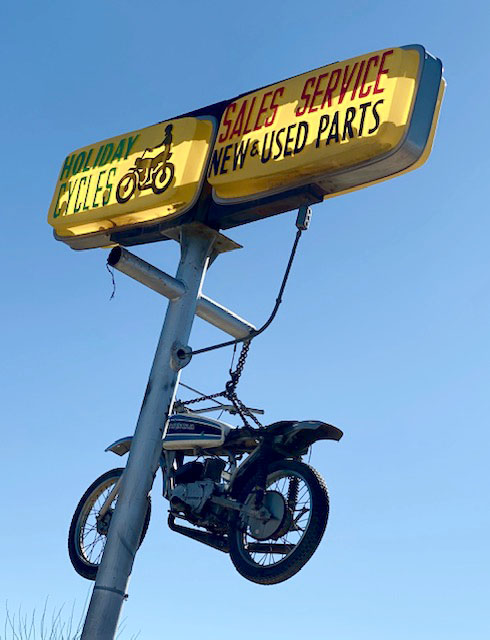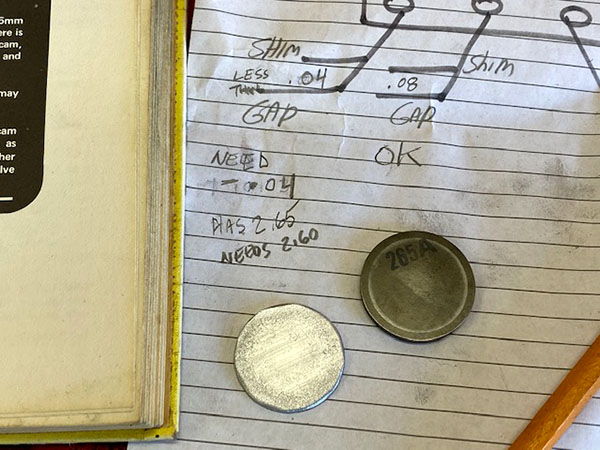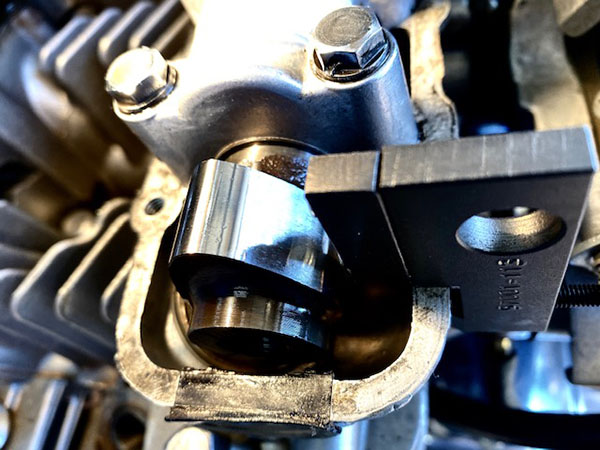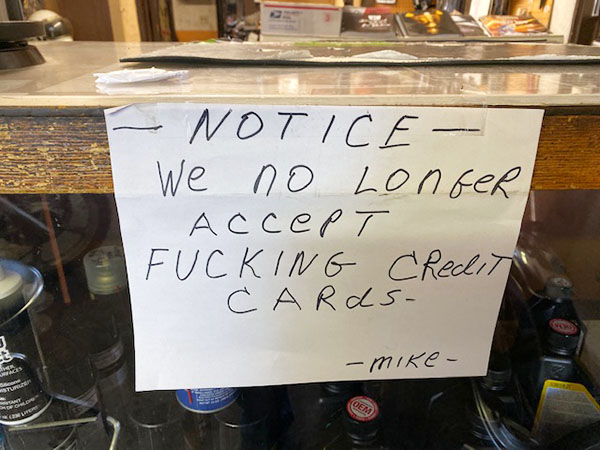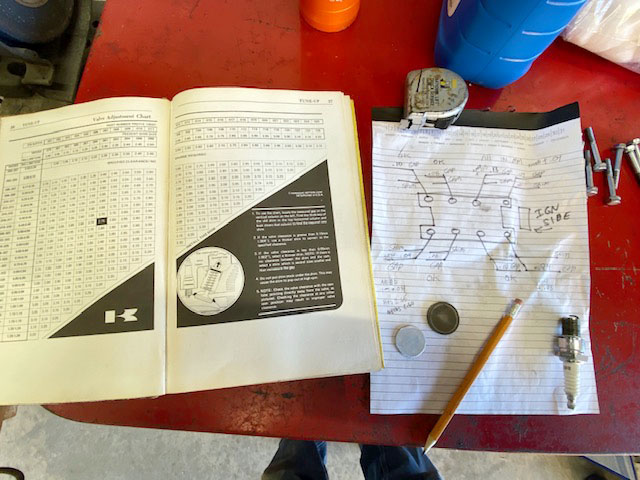
I have managed to use British Motorcycle Gear’s Rapido gloves in temperatures ranging from the low 40s to the mid-90s and they have worked well across that range. All in, I’ve done about 600 miles wearing these gloves. Despite the wide temperature variations the gloves were never uncomfortably hot on my rides around muggy, warm Daytona last month.
The Rapidos are fairly stiff when you first put them on. Normally stiff is an attribute men aspire to but getting the Rapidos on and off was a bit of a struggle the first day. By day 4 the gloves had loosened up quite a bit and I no longer thought about the process.

Another reason I had trouble getting in the Rapidos was because they come with triple hook and loop straps, two on the gauntlet and one on the wrist. I didn’t realize the wrist strap adjusted and so was forcing them on willy-nilly. Loosening all the straps made it easier.
One benefit to all those straps is security: once tightened down this glove is not going to fly off in a crash unless your hand is still inside it. More security is provided by the thick rubber finger guards on the leading edge of the glove. If you’ve done much off-roading with faster buddies you know how painful a rock tossed into your hand can be. I wish I had these on a few months ago when Mike kicked up a boulder into my finger. It felt like the thing was broken. Three of the finger guards have little vents built into them, kind of like little hood scoops. The vents don’t pass much air but if you hold your hand out fingers forward you can feel the air coming in.

Yet more security comes in the form of a carbon fiber looking knuckle plate attached to the glove. BMG calls it Carbon Leather, I think. I haven’t managed to test this bit because I don’t want to hurt myself but if your hand became pinned beneath the bike and the pavement (never let go of the bike!) I imagine it would buy a few hundred feet of abrasion before you started to lose any knuckle. Amazingly, all that armor does not restrict hand movement much and once the gloves are broken in you can make a fist easily.

The Rapidos have a fairly long gauntlet and with the straps disconnected the mouth opens wide to fit big jacket sleeves. There’s a decent range of adjustment on the gauntlet. I was able to snug them down while riding in just a T-shirt and a G-string. The Rapido’s palm area has a lot of activity going on what with extra pads and stitches but none of it seemed to cause blisters. The Rapidos are heavier duty gloves than I’m used to wearing. They feel like they might actually protect your hands in a wipeout. I usually wear long white opera gloves or Harbor freight Nitrile gloves when riding motorcycles.
My red Rapido glove’s appearance is not exactly conservative; in fact they’re downright flashy. When I put them on I get a strange urge to crash The Avengers from the Marvel movie series. If you’re an under-the-radar guy get the black Rapidos. At $79 list price the Rapidos are not cheap but my regular work gloves run 10 or 12 bucks a pair and they don’t have near as many nifty features as the Rapidos.
I’m going to use the Rapidos for the next few years and I’ll be sure to write an Exhaustnotes long term review if the world doesn’t end before the gloves do. Maybe we’ll get lucky and I’ll get to crash test the Rapidos.







